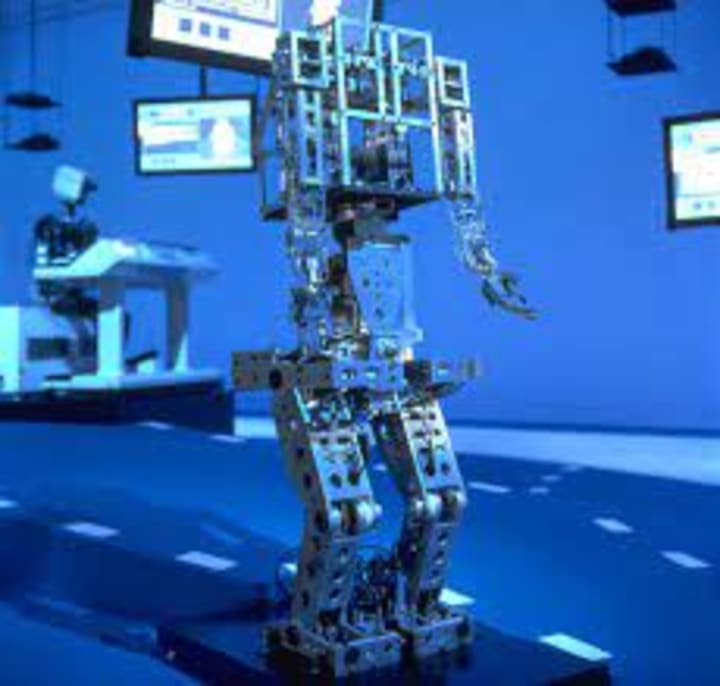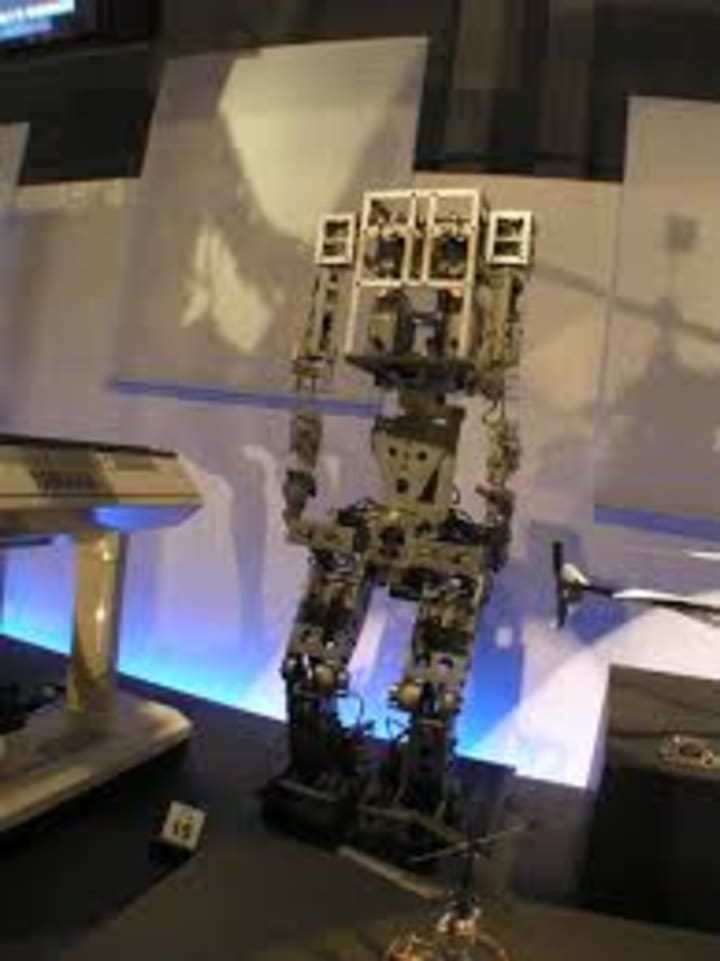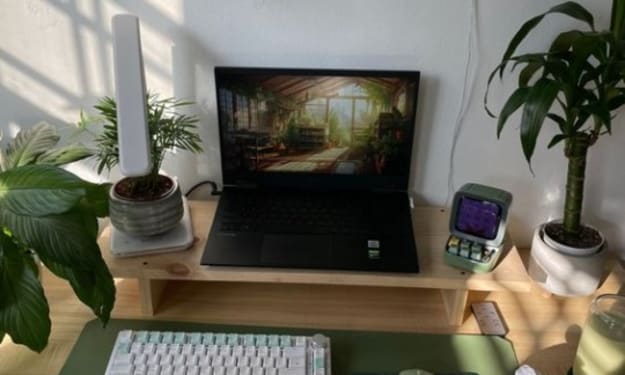Meet Wabot 1: The First Robot Designed for Human Interaction
In the history of robotics, Wabot 1 stands out as the first robot designed specifically for human interaction. Developed in Japan in the 1970s, Wabot 1 was a significant breakthrough in the field of robotics and human-robot interaction. In this article, we'll explore the history, design, capabilities, and legacy of Wabot 1 and examine its impact on robotics research and development.

In the history of robotics, Wabot 1 stands out as the first robot designed specifically for human interaction. Developed in Japan in the 1970s, Wabot 1 was a significant breakthrough in the field of robotics and human-robot interaction. Its designers realized that robots could be more than just machines that carried out automated tasks. Wabot 1 was designed to interact with people, to converse, and even to perform tasks collaboratively with humans. In this article, we'll explore the history, design, capabilities, and legacy of Wabot 1 and examine its impact on robotics research and development.
Introduction to Wabot 1:

In the world of robotics, Wabot 1 was a game changer. Developed in the early 1970s by a team of researchers at Waseda University in Japan, this was the first robot designed for human interaction. With its advanced technology and human-like design, Wabot 1 paved the way for the development of robots that could interact with humans, a field now known as human-robot interaction (HRI).
The history of robotics:
The history of robotics can be traced back to ancient times with the creation of mechanical devices, such as automatons and clockwork figures. However, the modern history of robotics began in the mid-20th century with the development of the first industrial robots. These robots were designed to perform repetitive tasks in manufacturing, such as welding and painting.
The need for human interaction in robotics:
As the field of robotics developed, researchers began to explore the possibility of designing robots for human interaction. The idea was to create robots that could assist humans in various tasks, such as household chores, healthcare, and education. However, creating such robots was no easy task. Robots needed to be designed with sophisticated sensors and software to understand and respond to human behavior and language.
Introduction to Wabot 1

Wabot 1 was the first robot designed specifically for human interaction. It was developed by a team of researchers led by Ichiro Kato at Waseda University in Japan in the early 1970s. The robot was designed to simulate human movements and was equipped with advanced sensors and software to interact with humans.
The Design and Development of Wabot 1:
The team behind Wabot 1:
Wabot 1 was developed by a team of researchers led by Ichiro Kato at Waseda University in Japan. The team included engineers, computer scientists, and psychologists, who worked together to design and develop the robot's hardware and software.
Wabot 1's physical appearance and structure:
Wabot 1 was designed to look like a human, with a head, torso, and arms. The robot was about 1.6 meters tall and weighed about 100 kilograms. It was made of aluminum and covered with a plastic shell. Wabot 1's arms had six degrees of freedom, allowing it to move like a human arm.
Wabot 1's technological components:
Wabot 1 was equipped with advanced sensors and software that allowed it to interact with humans. The robot had a vision system that could recognize human faces and gestures. It also had a speech recognition system that could understand and respond to spoken commands. Wabot 1 was operated using a remote control system, which allowed researchers to control its movements and responses.
The Functions and Capabilities of Wabot 1

Wabot 1's movement and locomotion:
Wabot 1 was designed to move and walk like a human. The robot's legs had six degrees of freedom, allowing it to move forward, backward, and sideways. Wabot 1 also had the ability to balance itself and walk on uneven surfaces.
Wabot 1's sensory capabilities:
Wabot 1 was equipped with advanced sensors that allowed it to perceive the environment and interact with humans. The robot had a vision system that could recognize human faces and gestures. It also had sensors that could detect touch and pressure.
Wabot 1's communication abilities:
Wabot 1 was equipped with a speech recognition system that could understand and respond to spoken commands. The robot could also generate speech to communicate with humans.
Wabot 1's Impact on Robotics and Human Interaction

The challenges and opportunities of human-robot interaction:
The development of robots for human interaction presents many challenges and opportunities. On one hand, robots can provide assistance to humans in a variety of tasks, such as healthcare and education. On the other hand, creating robots that can truly understand and respond to human behavior and language is a difficult task that requires advanced sensors and software.
The significance of Wabot 1 in the history of robotics:
Wabot 1 was a significant development in the history of robotics. It was the first robot designed specifically for human interaction and paved the way for the development of robots for healthcare, education, and other applications.
Wabot 1's influence on future robotics research:
Wabot 1's design and development influenced future robotics research in the field of human-robot interaction. Researchers have used Wabot 1 as a model for designing robots that can understand and respond to human behavior and language. Today, robots are being developed for a wide range of applications, from healthcare to entertainment, and Wabot 1 played a crucial role in the development of this field.
The Future of Human-Robot Interaction and Wabot 1's Legacy:
As robots become more integrated into our daily lives, the potential for human-robot collaboration is growing. From manufacturing and healthcare to education and entertainment, robots are being designed to work alongside humans in a variety of settings. This collaboration has the potential to increase efficiency, safety, and accessibility in various industries.
One of the earliest robots designed for human interaction was Wabot 1, developed by researchers at Waseda University in Japan in 1972. While its technology was relatively primitive compared to today's standards, Wabot 1 was groundbreaking for its ability to communicate with and respond to humans in real-time.
The potential of human-robot collaboration:
As robots continue to become more advanced, the potential for them to work alongside humans in various fields is astronomical. For example, in healthcare, robots can assist doctors and nurses with tasks such as vital sign monitoring and medication administration. In manufacturing, robots can work alongside humans in assembly line production to increase efficiency and precision. In education, robots can serve as teaching assistants and provide personalized learning experiences for students.
Human-robot collaboration has the potential to revolutionize the way we work and live, making tasks easier, safer, and more efficient. As robots become more integrated into our daily lives, it is becoming increasingly important to design them with human interaction in mind.
Wabot 1's influence on subsequent robotics research and development:

Wabot 1 was a pioneer in the field of robotics, and its impact is still felt today. Many of the features that made Wabot 1 unique, such as its ability to communicate with humans and its use of sensors to detect the environment, have become standard in modern robotics.
Wabot 1's development also paved the way for further research into human-robot interaction, leading to more advanced robots such as Pepper, a humanoid robot designed to understand and respond to human emotions.
Wabot 1's legacy in the field of robotics:
Wabot 1's legacy in the field of robotics is significant. Its development marked a turning point in robotics research, challenging the idea that robots were simply tools to perform tasks and instead introducing the concept of robots as collaborators in human environments.
Furthermore, Wabot 1's focus on human interaction set the stage for the development of more advanced robots that are capable of understanding and responding to human emotions and behaviors.
Overall, Wabot 1's legacy in the field of robotics is one of innovation and advancement, paving the way for more advanced robots that will continue to change the way we live and work. Overall, the creation of Wabot 1 marked a significant milestone in robotics and human-robot interaction. Its design and capabilities paved the way for future advancements in the field, and it continues to inspire and inform robotics research to this day. As we look to the future, it's clear that Wabot 1's legacy will continue to impact the development of robotics technology and the potential for human-robot collaboration.
About the Creator
Krishna raj
"If your dreams don't scare you, they're too SMALL"






Comments
There are no comments for this story
Be the first to respond and start the conversation.